As season 3 of Narcos opens, the 1990s are in full swing. A salt and pepper Bill and a fresh-faced Hillary are settling into Washington and they’ve got one less narco trafficker to worry about. Pablo Escobar is dead. After 20 episodes of Wagner Moura sashaying around in badly-fitting denim jeans, Narcos’ antihero has been expended. But where to from here?
Where to? Untold levels of brilliance, that’s where. Premiering on September 1st, this new 10-episode installment of the hit Netflix show is television at its finest and it’s liberated by Escobar’s death. Shuffling around in his denim jeans and granddad jersey straining against his paunch, Moura was brilliant as the charismatic king of Medellin, but season 2 became claustrophobic and drawn out in its focus of Escobar and his capture. By comparison, season 3 is an ensemble piece that lets the audience breathe and to my mind, it’s one of the best shows of recent memory, if not the last twenty years.
No prior knowledge of Narcos is needed to jump in and enjoy the ride. Escobar’s death is eluded to but never sentimentalized and this new story follows the Cali cartel, led by brothers Gilberto and Miguel Rodriguez and aided by the erratic yet flamboyant Pacho and the stoic, Punisher-esque Chepe (played by Damian Alcazar, Francisco Denis, Alberto Ammann and Pepe Rapazote, respectively). Together, the four godfathers are responsible for 80% of the world’s cocaine in Escobar’s wake and preside over an operation that puts 700,000 men and women to work.
As head of the Cali cartel, Gilberto runs the drug trade like a well-oiled business. He’s particularly adverse to violence, a trait his partners don’t share, but so long as he’s in charge, the cartel is modeled in his image. Still, while the beating heart of the show used to belong to the crime kingpin, now it belongs to someone even more interesting: a mild-mannered common man named Jorge Salcedo. Salcedo is in charge of security for Gilberto and Miguel. He’s a man, you suspect, who has gotten in over his head and doesn’t realize it. He doesn’t carry a gun – preferring a walkie talkie instead – and spends his time on the fringes. But when he tries to leave the cartel, Miguel demands he stick around for another six months. With a sinking feeling, we watch Jorge resign himself to another stint of servitude, knowing full well the stakes are going to be raised.

And boy, do they get raised. After a slow opening, season 3 builds into a white-knuckle ride. Salcedo is pressured into doing the mob’s dirty work while he juggles his wife and two daughters. His only out lies in the role of rat with the DEA, which spells certain death. We see Salcedo change before our eyes, undergoing an almost Walter White transformation as he bends to the suffocating demands of a life of organized crime, all while putting up with unimaginable stress.
The supporting cast is large, but instrumental in telling a bigger story than before. You’ve got a suave Colombian money launderer and his American wife who’s hooked on cocaine; a big-headed accountant named Pallomari; returning characters like the psychopathic Nerogate; the wife of a slain mobster who gets in bed with the cartel and more. I also want to make particular mention of Miguel’s son, David, a sneering, foul-mouthed psychopath who despises Salcedo and is a menacing presence throughout (which is to say he’s portrayed perfectly).
Of course, complicating matters is the return of Agent Pena, the handsome DEA supremo who can’t escape the rush of Colombia (fans of Boyd Holbrook will be disappointed to learn that Steve Murphy is nowhere to be seen in season 3). Pena his aided by two new DEA agents and together, they discover that the Cali cartel is spending hundreds of millions a year on bribes alone – stuffing transactions into a ledger groaning with VIPs.

As usual, Narcos is hugely critical of the Colombian authorities – and all bureaucracy in general – pitting the proactive Pena against the grinding bureaucratic machine; a world of simpering platitudes and stiff starched white shirts. It paints, with depressing clarity, the ease with which money can corrupt people. But there’s a silver lining. Not all of Colombia can be bought and the country is worth fighting for, not least because it’s so beautiful.
The sprawling inner city is rendered in stunning detail. The plush interiors of these larger-than-life homes of the kingpins are juxtaposed against the untamed vegetation of the Colombian wilderness. Brief interludes in New York change the pace and at all times, the soundtrack is a perfect accompaniment. Good news: the Narcos title card retains the same theme song.
Of course, the show is still as uncompromising as ever in its depiction of violence and there are several scenes of kinetic bloodshed. Blood pours, limbs are severed, but it’s never overly gratuitous. Even one scene where a fridge is opened revealing shelves stocked with severed body parts feels appropriate to the world we’re inhabiting. You don’t simply leave the cocaine trade behind, not without spilling blood.
Artful use of archived footage, meanwhile, reminds you of a startling fact: these people really existed, and these events really took place. The continued decision to use Spanish actors speaks volumes for the show’s determination to blur the line between entertainment and documentary. A huge amount of work has been invested in getting the chronology of the Cali cartel accurate, and though dramatic liberties heighten drama, it never feels cheap. Truth be told, Narcos is rare. It’s become a worldwide phenomenon without pandering to the lowest common denominator.
With Escobar gone, the title of the series takes on new meaning: dozens of Escobars have existed to varying degrees of infamy. Knowingly, this is written into the fabric of the show: Pena acknowledges that there is always a new enemy to track. Just as the cartels are addicted to the thrill of making money and evading capture, the DEA agents on their tail can’t get enough of the chase. Conceivably, Narcos could go on for a while yet.
Thankfully, this particular story is brought to a satisfying conclusion by the close of season 3. There’s no artificial cliffhanger to mull over. As the final credits roll, you’re left to sit back in slack-jawed wonderment at a self-contained story of the highest order. Let’s hope Narcos doesn’t one day overstay its welcome, because season 3 is one of the best seasons of television I’ve ever had the good fortune of watching – one that reinvents itself in the wake of its famous antihero.


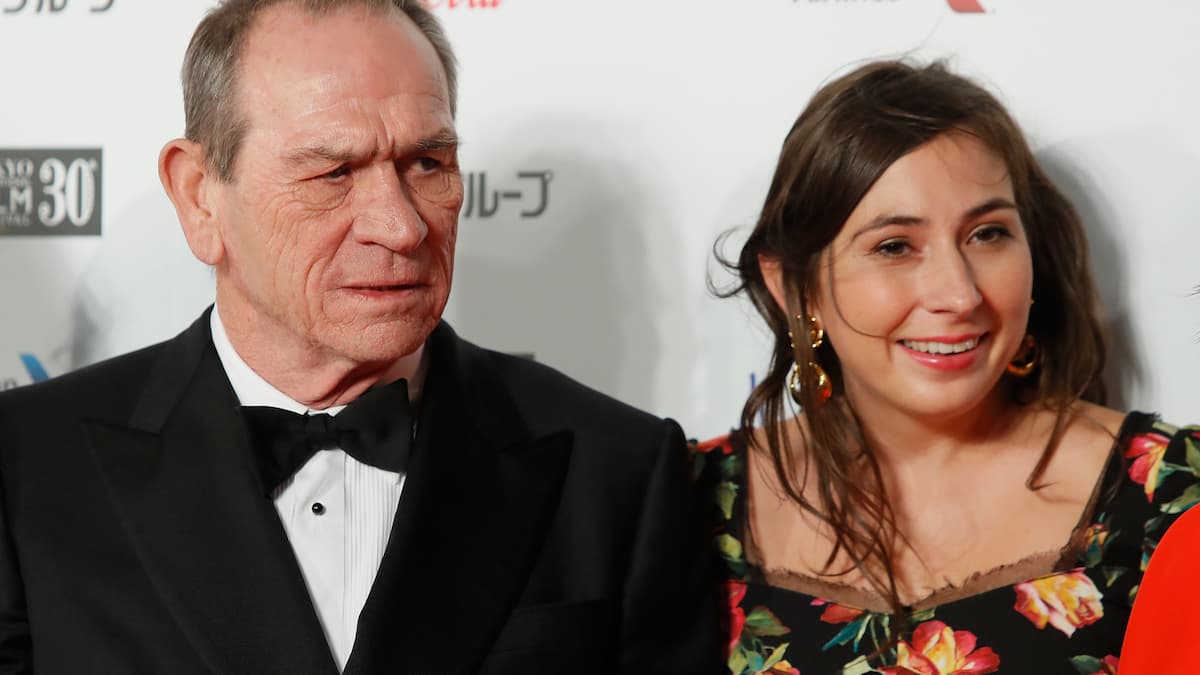
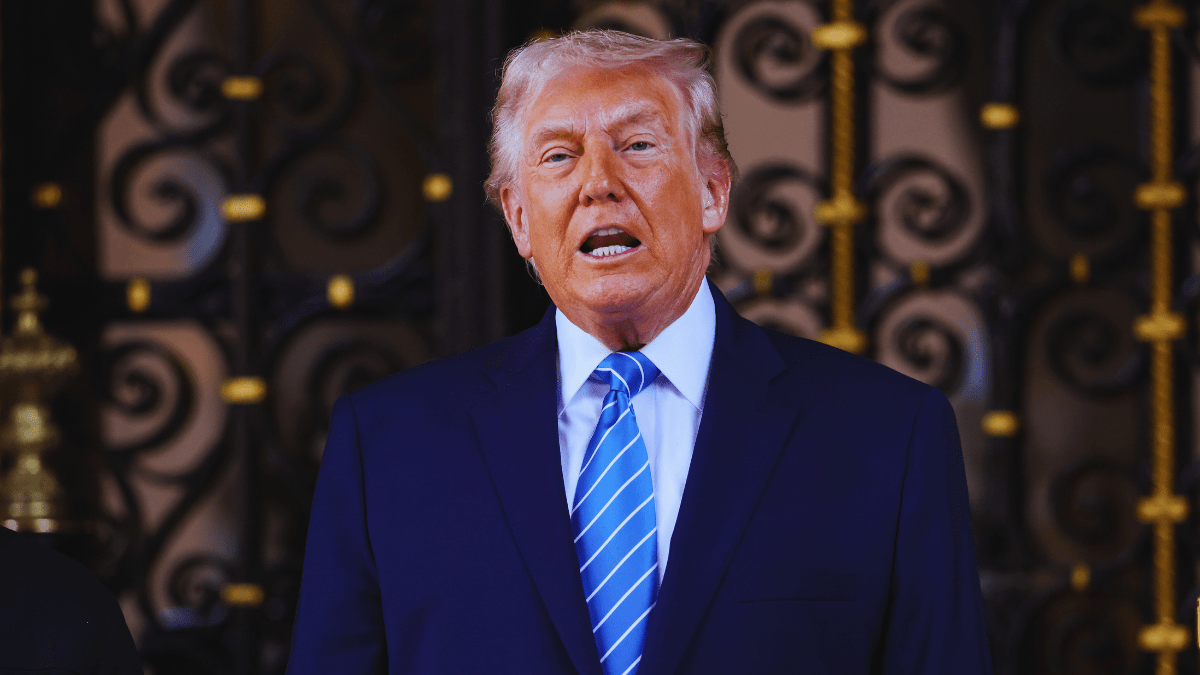
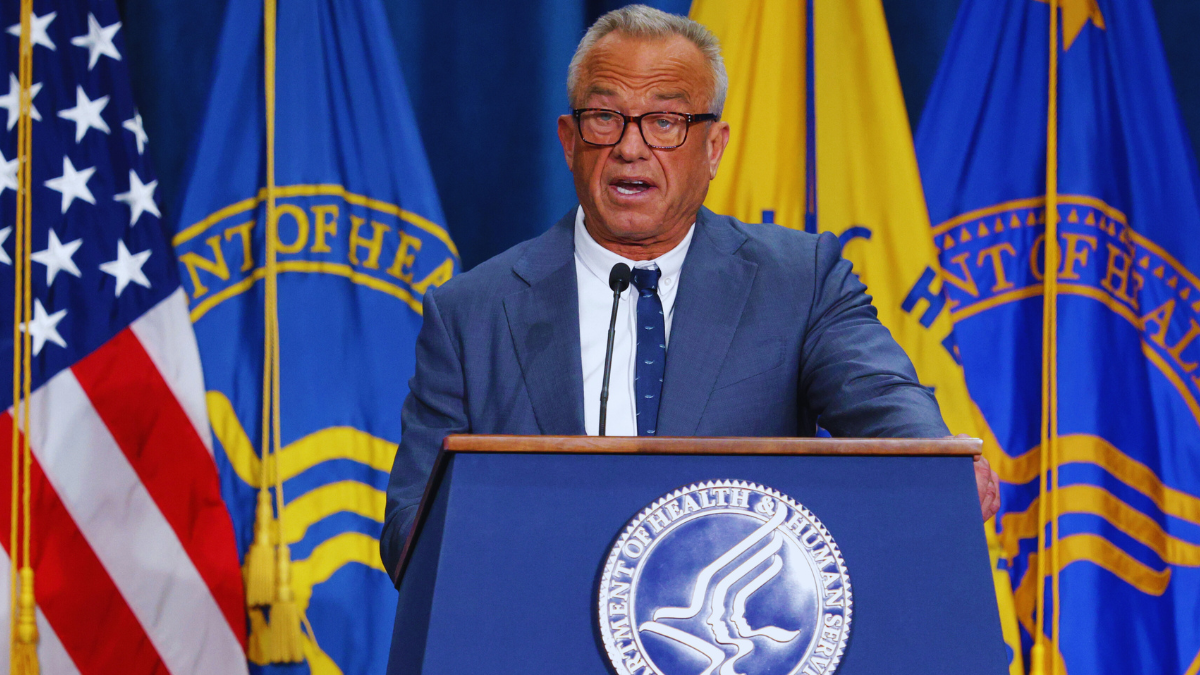
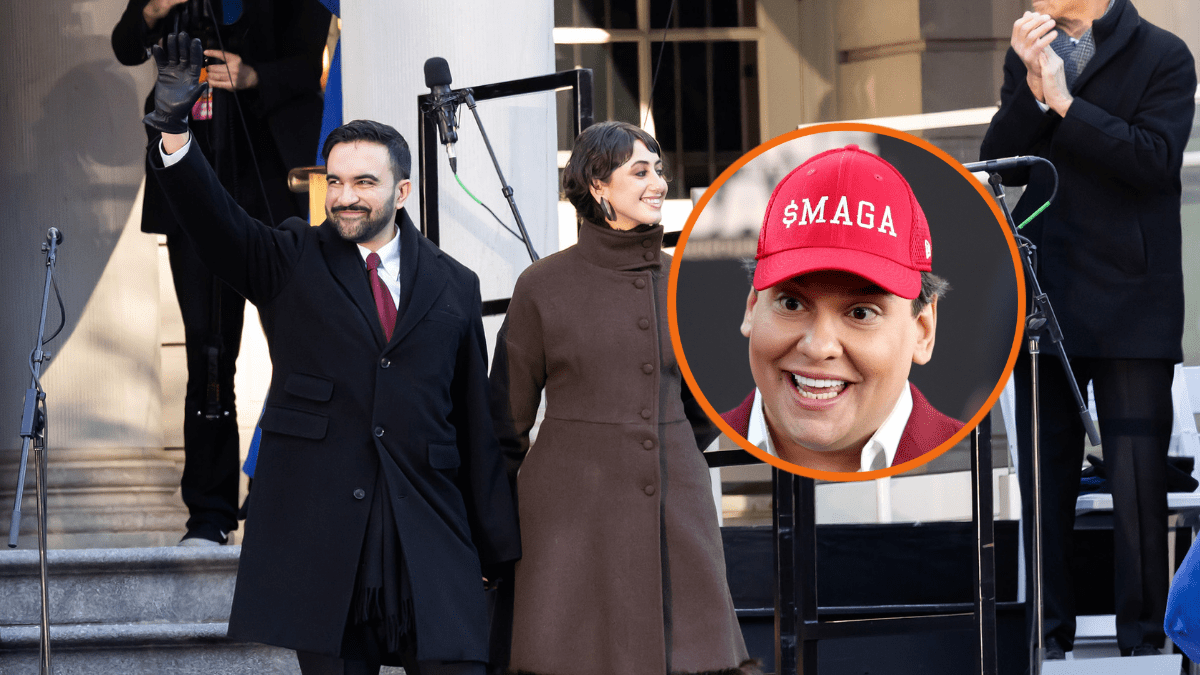
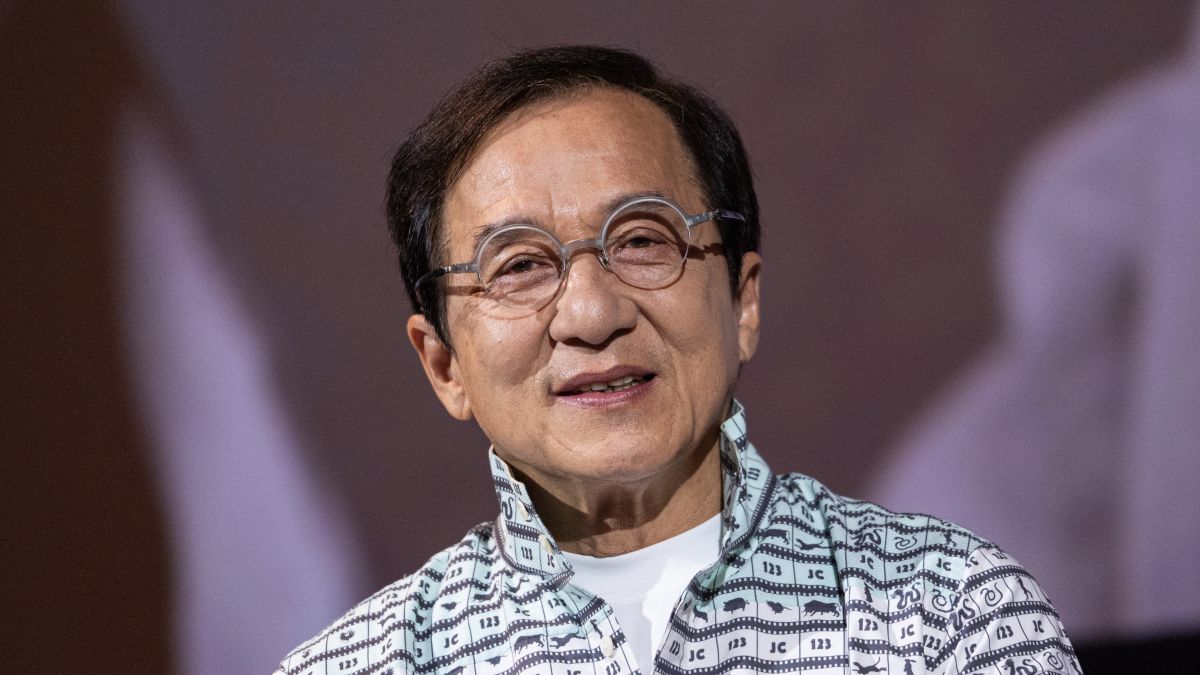
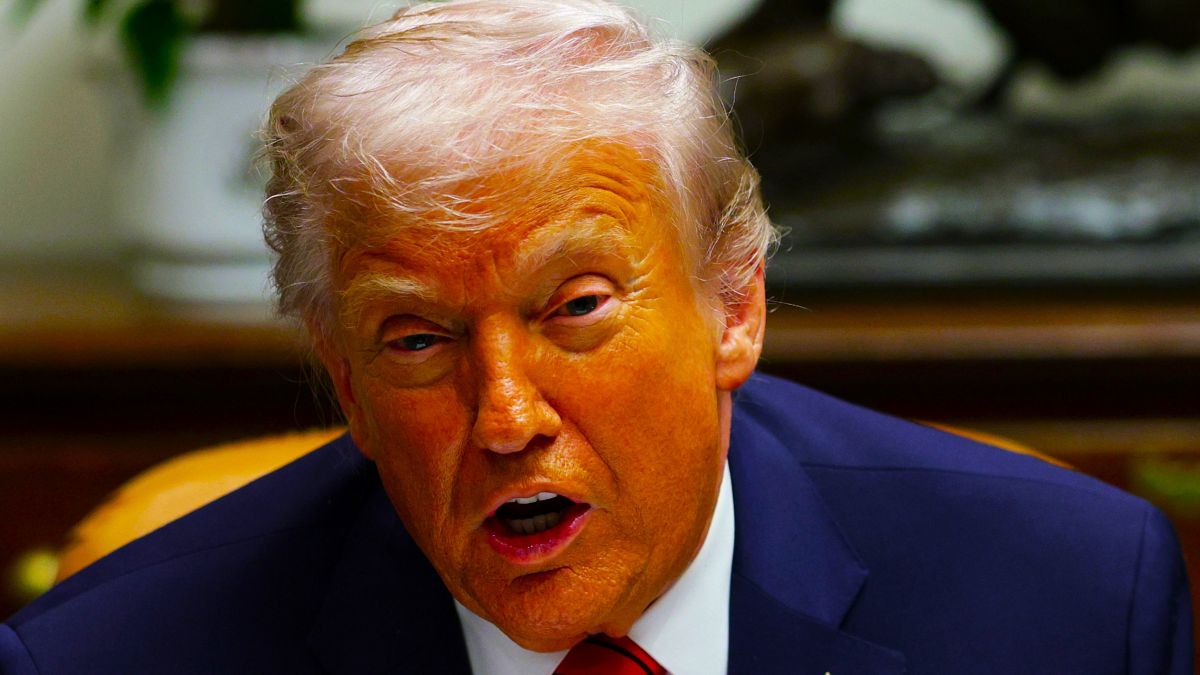
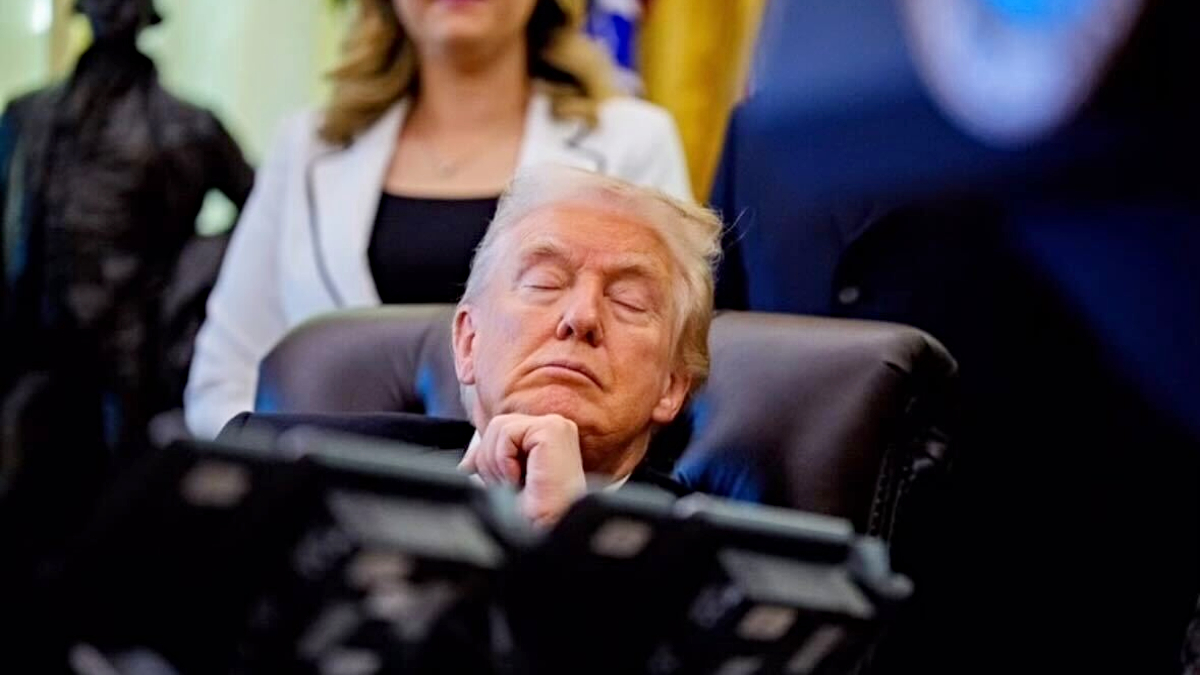

Published: Aug 20, 2017 11:02 am